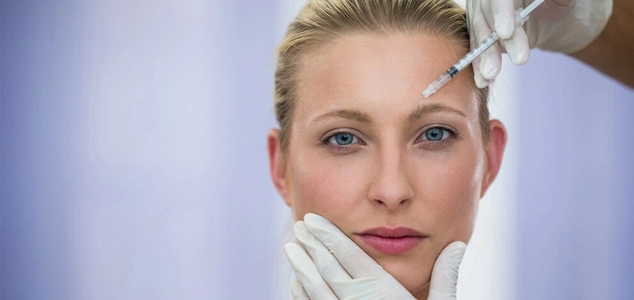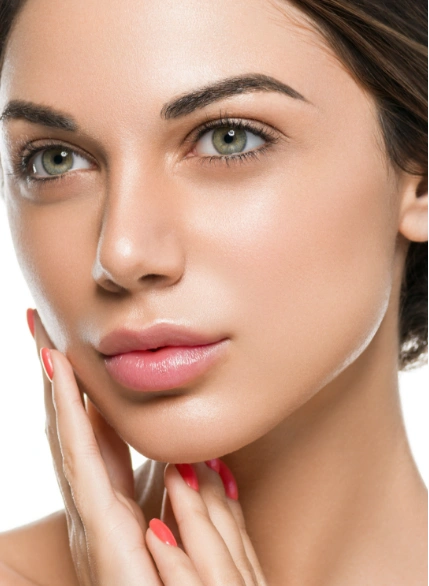Botox continues to grow in popularity, with millions opting for this non-invasive cosmetic treatment each year. According to the American Society of Plastic Surgeons, over 9.48 million Botox procedures were performed in 2023 in the United States alone.
Whether for aesthetic enhancement or medical relief, Botox offers diverse benefits. But a common question remains: how often to get Botox to maintain its effects?
What is Botox?
Botox is a popular, non-surgical treatment derived from botulinum toxin that temporarily relaxes targeted muscles, reducing the appearance of wrinkles and lines for a smoother, younger-looking complexion.
Typically measured in units (with each unit around 0.1 mL), Botox works by blocking nerve signals to specific muscles, preventing them from contracting and, thus, softening dynamic wrinkles caused by facial expressions like frowning or smiling.
Alongside Botox, other brands such as Dysport, Xeomin, and Jeuveau offer similar effects, each with slight variations in formulation and spread. Generally, these treatments last about 3-4 months, though results may vary based on the product and individual factors.
Different brands might suit different areas or preferences, and a qualified professional can help choose the best option for each patient’s medical conditions and needs.
How Often Do You Need Botox?
The frequency of Botox treatments depends on individual goals, good health, budget, and lifestyle. Generally, Botox lasts around 3-4 months, but variations can occur based on metabolism and muscle activity.
Let’s explore how these factors may influence how often you need more Botox injections.
- Budget Considerations: The cost per treatment varies, so it’s essential to plan treatments that fit your financial goals.
- Time Availability: Scheduling follow-up treatments is crucial for maintaining results, but frequency depends on personal schedules.
- Consultation with a Professional: A tailored approach with a qualified practitioner ensures you receive the right dosage and frequency for optimal results.
Botox for Wrinkles
When it comes to treating wrinkles, Botox is generally recommended every 3-4 months to maintain smooth, youthful-looking skin. Each treatment typically lasts around 3-6 months, depending on several factors, like age, skin condition, and muscle strength.
The cost of Botox for wrinkles can vary, but on average, you might expect to pay between $10 and $20 per unit. Botox is effective for adults of all ages, though people often start treatments in their 30s or 40s as a preventive measure.
Overuse of Botox—getting treatments more frequently than recommended—can lead to muscle weakening and, in some cases, an unnatural appearance of deep wrinkles, which is why sticking to a professional’s guidance is essential.
Botox works well on crow’s feet, frown lines, and forehead lines, especially when your skin still has good elasticity.
Botox for Migraines
Botox injections can also be a valuable treatment for chronic migraines, with most people needing injections every 12 weeks to experience relief.
The effects typically last the entire three months, making it a helpful and manageable solution for those who suffer from 15 or more headache days a month.
Costs for migraine treatments with Botox vary by provider and insurance coverage, but they generally range from $300 to $600 per session.
Botox for migraines is effective for individuals of any age who suffer from chronic migraines, and frequent treatments are unlikely to cause harm. However, more frequent treatments than advised are unnecessary, as the migraine-relief effects generally last until the next scheduled injection.
Botox for 11 Lines
For treating “11 lines” (the vertical lines between the eyebrows), Botox injections are recommended every 3-4 months to maintain a smooth appearance in this area. The effects typically last up to 3-5 months, depending on the person’s muscle strength and skin type.
Treatments for 11 lines usually cost between $200 and $400, depending on the number of units required. People typically begin botox in their late 20s to 30s when these lines first appear, although it can be effective at any age.
Overuse of Botox in this area can lead to muscle weakening, potentially affecting natural expressions, new wrinkles and facial wrinkles, so spacing treatments appropriately is key.
Botox for Forehead Lines
To keep forehead lines at bay, Botox is usually injected every 3-4 months, and the effects last about 4-6 months, depending on individual muscle strength and skin elasticity. Costs for forehead Botox range from $150 to $400 per session, depending on the number of units used.
Starting treatments in the 30s or 40s is common, as this is when fine lines tend to deepen. Using Botox too frequently in this area can weaken the forehead muscles over time, possibly leading to wrinkles returning a less natural look with smooth fine lines, so following the recommended frequency helps balance effectiveness and a natural appearance.
Botox in the Masseter
Botox for the masseter muscles (jaw muscles) is often done to slim the jawline or reduce teeth grinding, and treatments are generally needed every 4-6 months.
Results can last up to 6 months, as the masseter muscles are larger and take longer to lose the Botox effect. Costs for masseter Botox vary but can range from $300 to $600 per session, depending on muscle size and the number of units used.
Botox for the masseter is suitable for adults of any age who seek aesthetic jaw slimming or relief from grinding. Frequent injections beyond the recommended time frame could lead to over-relaxation, potentially impacting chewing strength.
Botox for Face
For full facial Botox treatments, injections are typically recommended every 3-4 months to maintain a balanced, refreshed look across areas like the forehead, crow’s feet, and around the mouth.
The effects of initial treatment generally last 3-6 months depending on the area and skin condition, and a full-face botox treatment alone can cost between $300 and $800 or more. Many people start facial Botox in their late 20s to early 30s as a preventive measure, but it’s effective at any age.
Overuse of Botox on the face can create a frozen or unnatural appearance, which is why it’s best to work with a professional to determine an ideal treatment plan and frequency.
What is the Best Age to Have Botox?
The best age to start Botox varies depending on individual goals, skin type, and lifestyle, but here’s a general guide for each age range:
In Your 20s
Botox is often used preventatively to delay the formation of deep lines and wrinkles. Many start with small doses every 6-12 months, focusing on areas where expression lines may begin to form, like the forehead and around the eyes.
In Your 30s
This is a common age to begin regular Botox treatments, as fine lines start becoming more prominent.
Treatments every 3-4 months can help smooth out existing lines and prevent them from deepening. People in their 30s often use Botox on the forehead, crow’s feet, and between the brows.
In Your 40s
As skin loses elasticity, deeper wrinkles may form, and Botox can be used every 3-4 months to soften these lines and create a more refreshed look.
Women in their 40s, especially, may target areas like the forehead, crow’s feet, and laugh lines for a rejuvenating effect.
In Your 50s
Botox in the 50s can help maintain a youthful appearance by targeting moderate to deep lines. Treatments every 3-4 months are recommended, often combined with other cosmetic treatments to achieve optimal results for areas like the forehead, around the eyes, and mouth.
In Your 60s and Beyond
While Botox can still be effective, it’s often combined with other treatments to address volume loss and deeper lines.
Depending on skin condition and goals, treatments every 3-4 months can provide a natural, refreshed appearance for areas with noticeable wrinkles, but results may vary more in this age group.
Botox Real Patients Results by Units
Here’s a quick look at how different Botox doses can impact results in common treatment areas. The ideal dosage depends on muscle strength, skin type, and the specific treatment area being treated.
20 Units of Botox – Before and After
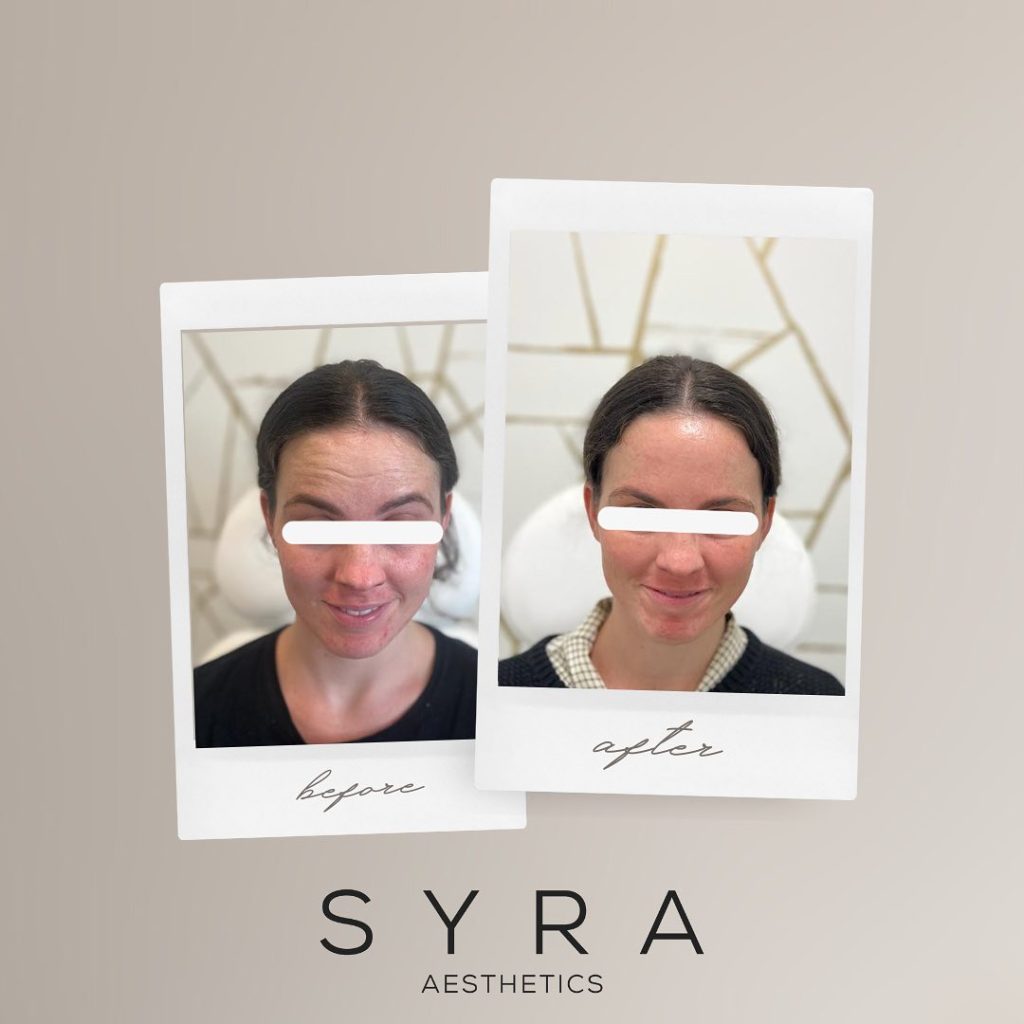
With 20 units, you’ll see subtle softening of fine lines, often used for mild forehead lines or crow’s feet.This dosage is suitable for first-time users or those seeking a lighter, natural look. The before and after images show smoother skin with a slight lift, maintaining natural expressions.
40 Units of Botox – Before and After

Commonly used for moderate lines, such as deeper forehead wrinkles or frown lines, 40 units provide a more defined, yet natural appearance. The after-effects of 40 units demonstrate a notable reduction in wrinkle depth and improved skin smoothness, creating a youthful, refreshed look.
50 Units of Botox – Before and After
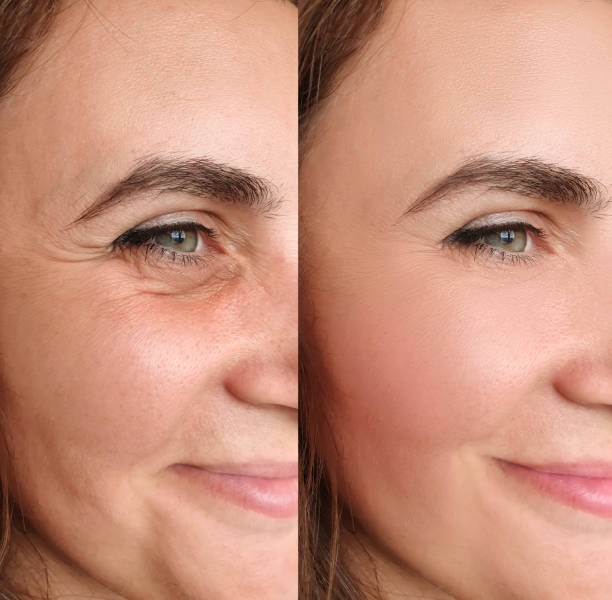
For more defined wrinkles or stronger muscle activity, 50 units can achieve a more comprehensive smoothing effect. Often used across multiple areas, such as the forehead, frown lines, and crow’s feet, 50 units can deliver significant improvement in skin texture and a more rested, rejuvenated appearance.
What areas are treated with Botox?
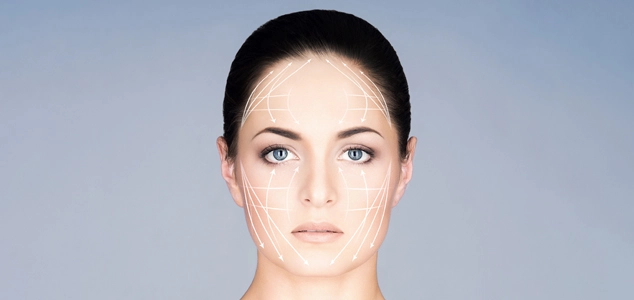
The best areas to get Botox include the forehead, between the brows (frown lines), and around the eyes (crow’s feet). Other areas for botox injections are the nose (for bunny lines) and under the eyes, where it can help smooth out fine lines and wrinkles.
Treatment areas with more muscle activity, such as unintended areas such as the forehead, may require more frequent treatments compared to less active regions, ensuring optimal results and a natural look.
What Happens If You Get Botox Too Frequently?
Using too much botox on the face can make your eyebrows droop which can give the appearance of heavy hooded upper eyelids.
This can create a look that seems angry or sad all the time. Similarly, too much Botox around the eyes can completely freeze your facial expressions, leaving your face looking stiff and emotionless.
What are the Side Effects of Getting Botox?
Botox is usually well tolerated and most people recover quickly after the treatment. However, there are some possible adverse effects of botox, such as
- Headaches
- Droopy eyelids or eyebrows
- Dry
- Flaky skin
- Discomfort
- Swelling
- Bruises at the injection site.
Rarely, people may suffer from more severe adverse effects from botox frequency including breathing or swallowing problems, dry eyes or changes in vision, heart rhythm irregularities, and muscle weakness.
How Do You Maintain Botox?
It takes consistent treatments and some lifestyle adjustments to maintain the benefits of Botox. Botox usually lasts three to six months for both men and women, depending on the area treated, dosage, and individual metabolism.
The following advice will help you keep your Botox results:
- Plan Frequent Treatments: To prevent wrinkles, schedule follow-up treatments every three to six months.
- Avoid Touching Your Face: For at least 24 hours following your session, refrain from rubbing or massaging the areas that have been treated.
- Keep Yourself Hydrated: To keep your skin supple and healthy, drink lots of water.
- Use Sunscreen: Use a broad-spectrum sunscreen every day to shield your skin from UV rays.
- Observe the aftercare guidelines: To get the best results, follow any special aftercare instructions your practitioner may have given you.
How Many Days Does it Take to Recover from Botox?
Botox requires minimal recovery time, usually just 1-2 days of avoiding heavy exercise and no sun exposure or direct sunlight.
What Should You Not Do After Botox?
To assure the best results from your Botox treatment and minimize the risk of side effects, avoid the signs of aging following:
- Avoid lying down for at least 4 hours.
- Refrain from vigorous exercise for 24 hours.
- Do not massage or rub treated areas.
- Avoid consuming alcohol for at least 24 hours, as it can increase the risk of bruising.
- Steer clear of aspirin, ibuprofen, and other blood thinners for a few days to reduce the risk of bruising.
- Wait at least a week before undergoing facials, chemical peels, or other skin treatments.
- Stay away from saunas, hot tubs, or tanning beds for at least 24 hours, as heat can affect the distribution of Botox.
Where to Buy Botox in Manhattan, NYC?
Consider going to Syra Aesthetics if you have desired results you’re seeking for Botox in Manhattan, New York City. Under the direction of Dr. Syra, this facility provides a customized treatment plan Botox and other aesthetic procedures.
Dr. Syra offers professional consultations with an emphasis on safety and efficacy to assist you in achieving your intended outcomes. You can visit their website for additional details or arrange a consultation to go over your alternatives.
Frequently Asked Questions
Do I Need Multiple Botox Treatments?
Yes, Botox typically requires ongoing treatments every 3-4 months to maintain smoothness and wrinkle reduction. Consistent treatments are advised to maintain a youthful appearance because the effects gradually diminish as the body metabolizes the botulinum toxin.
Is Jeuveau as Good as Botox?
Yes, Jeuveau is an effective alternative to Botox for smoothing wrinkles and fine lines. It is a botulinum toxin that produces comparable effects to Botox by momentarily relaxing the muscles in the face. Achieving a young appearance is equally useful to many patients.
Does Anyone Just Get Botox Once a Year?
It’s rare yet plausible. Annual treatments are uncommon for people looking for ongoing effects because Botox responses typically last 4-6 months. To avoid the full recurrence of wrinkles, most people would rather schedule treatments more frequently.
How Often Can You Get Botox Injections?
Generally, Botox can be given every three to four months, depending on the needs of your skin and how rapidly the substance is metabolized by your body. Getting regular treatments keeps wrinkles from completely resurfacing and guarantees long-lasting effects.
What is the Aftercare for Botox?
Avoid heavy lifting, lying down, and touching or rubbing the area for at least 24 hours after receiving Botox. By following these instructions, you can help the Botox settle properly and lower the chance of it bruising or spreading to unexpected places.
How Old Do You Have to Be to Get Botox?
The FDA has approved Botox for adults 18 and older. However, many people begin treatment in their late 20s or 30s as a preventive measure against wrinkles and lines that become more apparent with age.
Do I Need Botox or Fillers?
Botox is perfect for frown lines and other facial wrinkles brought on by muscle activity. Conversely, fillers plump and add volume to areas like the lips and cheeks. To choose the option that best suits your aesthetic objectives, speak with your provider.
Can You Get Botox on Your Period?
Yes, you can get Botox during your period. However, some people experience heightened sensitivity, so it’s essential to consult your provider. They can offer guidance on managing any potential discomfort during treatment.

About The Author
Dr. Syra Hanif M.D.
Board Certified Primary Care Physician
Dr. Hanif is the Director of Aesthetic Medicine. She is a board-certified physician in Aesthetic Medicine who specializes in using non-surgical alternatives in order to enhance one's appearance through Botox and fillers.
Read More




